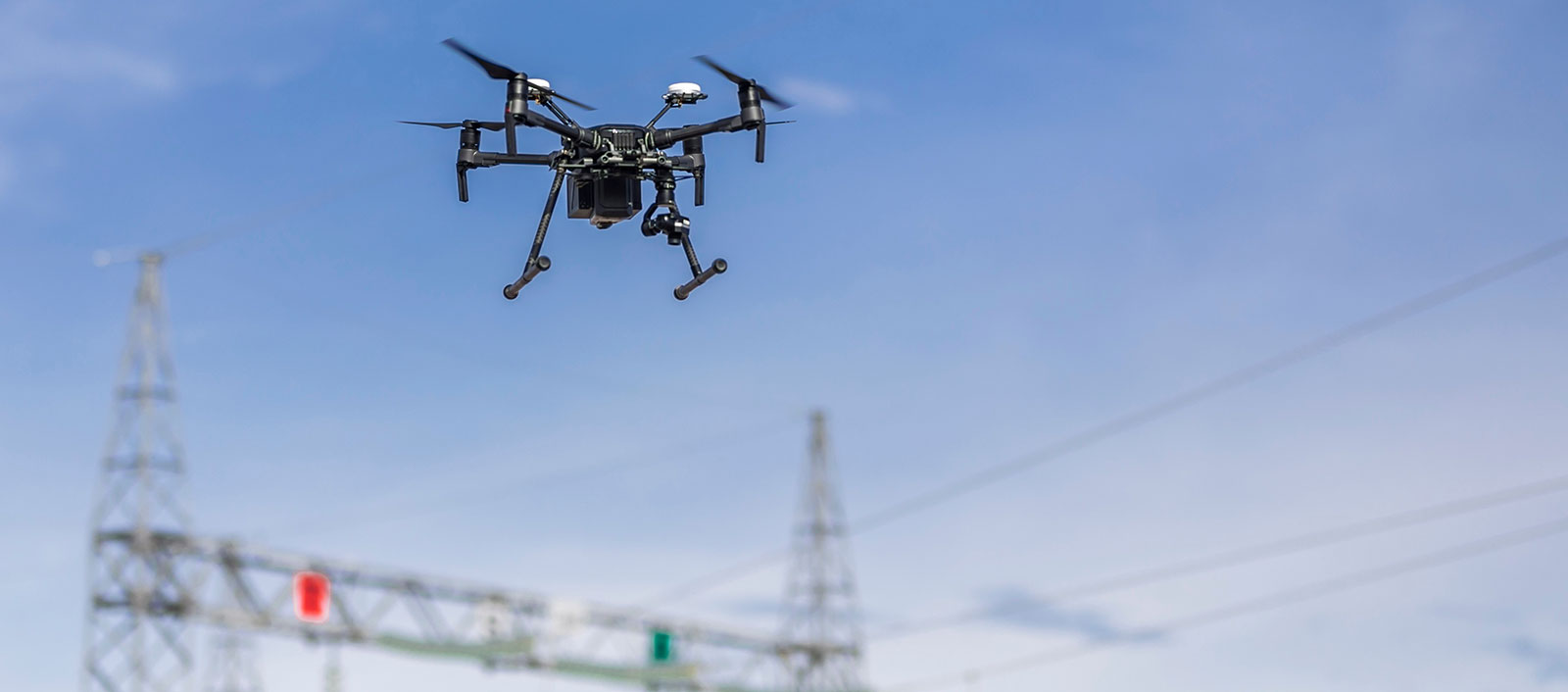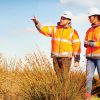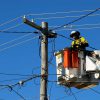Drones have fast become integrated into the way we make infrastructure work for our communities. Whether we’re tracking fish migration or inspecting telecom towers, we’re increasingly using drones to perform everyday tasks more safely, more efficiently, more cost-effectively and with reduced impact on our environment.
It’s not that long ago that the idea of having pizza delivered by drone seemed, literally, like ‘pie in the sky’. Over the past 3-5 years, however, the commercial use of drones has accelerated rapidly, including in our own industry.
 Ventia was an early adopter of drone technology and, having seen the positive safety implications and the value it could bring to clients, began building in-house drone expertise several years ago. The first drone piloted by one of our employees took to the sky in 2017 for an environmental remediation project on the Cox Peninsula in Darwin.
Ventia was an early adopter of drone technology and, having seen the positive safety implications and the value it could bring to clients, began building in-house drone expertise several years ago. The first drone piloted by one of our employees took to the sky in 2017 for an environmental remediation project on the Cox Peninsula in Darwin.
Today, we have 14 drones and 15 Civil Aviation Safety Authority (CASA) accredited drone pilots – and our capability continues to expand.
 We are embedding drone capability into our individual businesses as another tool that can be customised to meet the environmental, safety and other needs of our clients. When a project team identifies a task that can be performed more safely and cost-effectively with a drone, one or more team members are trained as qualified drone pilots.
We are embedding drone capability into our individual businesses as another tool that can be customised to meet the environmental, safety and other needs of our clients. When a project team identifies a task that can be performed more safely and cost-effectively with a drone, one or more team members are trained as qualified drone pilots.
We are currently deploying and trialling drones in a variety of ways which, surprisingly, are not always flying overhead. These include to:
- Check for structural damage or inspect solar panels on building rooftops
- Track the migration of fish after waterways are diverted for capital works
- Take water samples for a water authority
- Assess the health of bushland using thermal imaging and light detection and ranging (LIDAR) cameras
- Inspect telecom towers and critical infrastructure
- Monitor underwater sediment remediation
- Inspect water tanks and the balance tanks of public swimming pools
From a safety perspective, the use of drones helps to manage critical safety risks on our projects. Drones can reduce or eliminate risks associated with Working at Heights and Confined Space work, two of the twelve areas of work identified in Ventia’s Critical Risk Protocols. There is also the opportunity to use drones to quickly and safely assess whether power lines and critical assets are off-line after heavy storms and natural disasters.
Gary Dring, our Chief Remote Pilot, says “the potential application of drones within our industry is truly limitless.”
“Currently, the high-quality data we’re gathering from our drones helps our project teams to manage infrastructure assets safely and to provide clients with data sets such as they’ve never seen before,” he says. “There is potential to do much more, especially in terms of addressing the safety and sustainability requirements of our clients.”
The potential application of drones within our industry is truly limitless.
Gary Dring, Ventia Chief Remote Pilot








